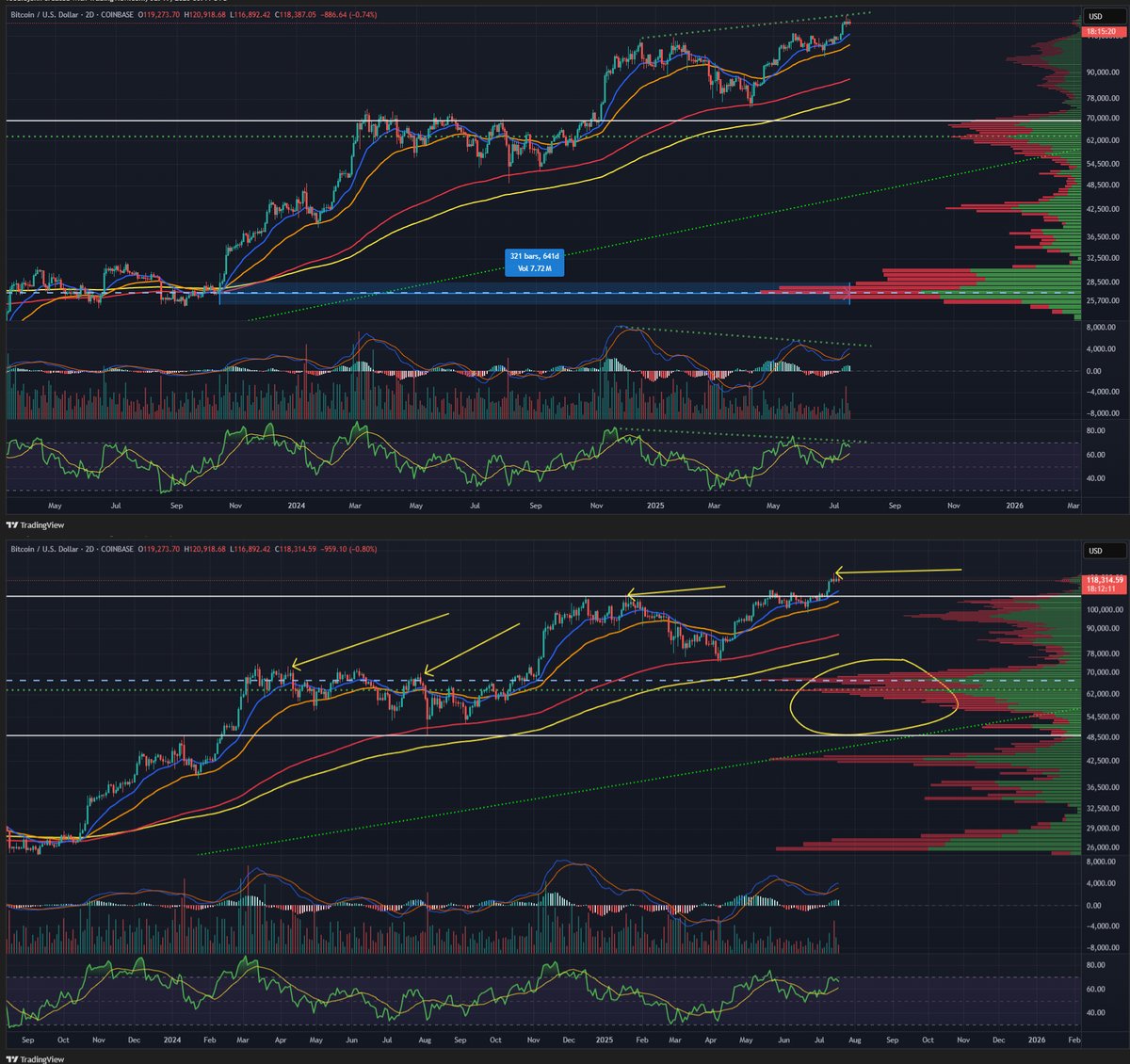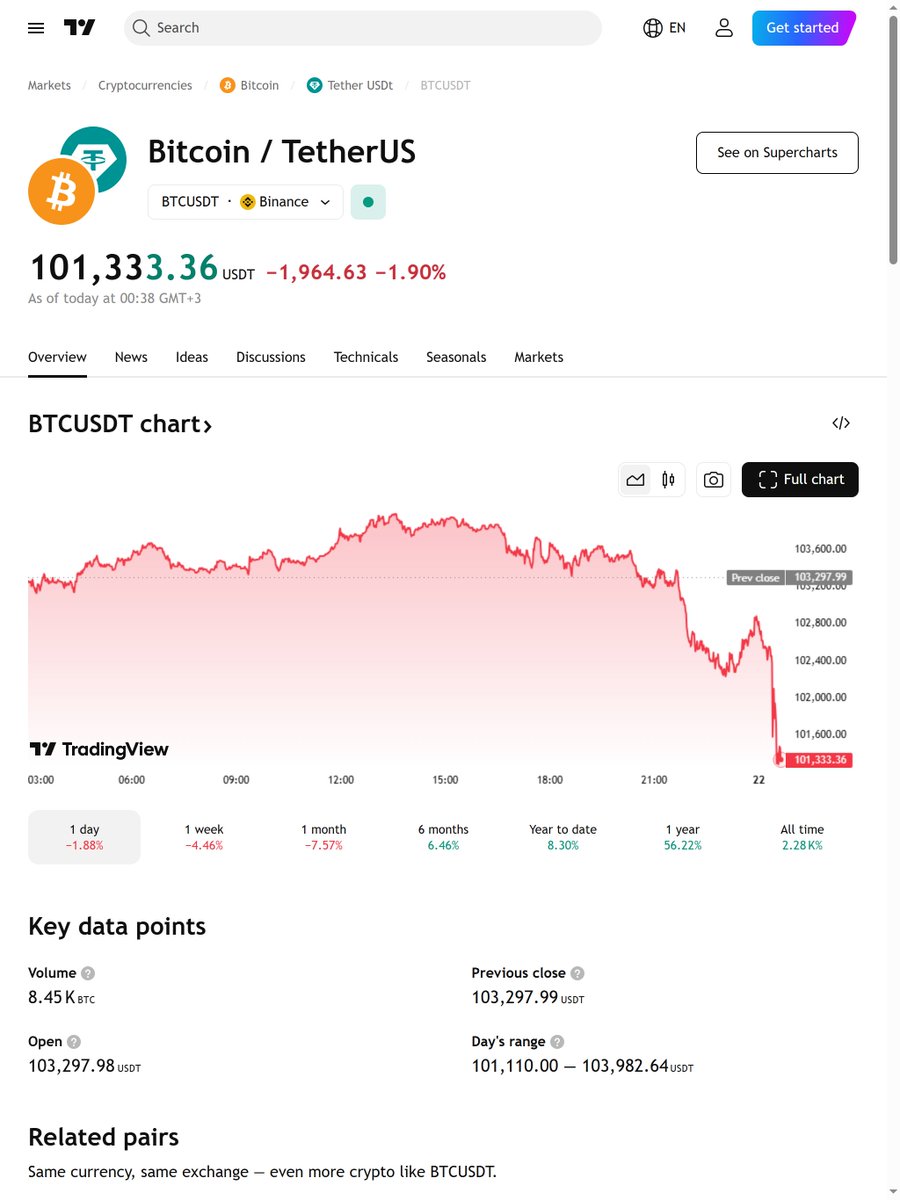Exploring the Intricate Dance of Bitcoin and AI: A 2025 Perspective
The Intersection of Two Revolutionary Forces
Artificial Intelligence (AI) and Bitcoin symbolize two of the most transformative technologies reshaping the 21st century. AI, with its uncanny ability to analyze vast data and learn patterns, has revolutionized industries from healthcare to finance. Bitcoin, the pioneering cryptocurrency, represents a radical rethink of money, trust, and decentralized control. In 2025, understanding how AI influences Bitcoin—and vice versa—is crucial for anyone navigating the complex cryptocurrency ecosystem.
AI’s Role in Shaping Bitcoin Market Dynamics
AI-powered algorithms have taken center stage in cryptocurrency trading. Unlike traditional human traders, AI systems can analyze market data at lightning speed, detect subtle signals, and execute trades without emotion. During volatile periods, such as June 3–9, 2025, these AI-driven tools analyze countless factors affecting Bitcoin’s price, including technical indicators, seasonality, institutional flows, and broader macroeconomic variables.
For example, predictive models use historical price movements alongside sentiment analysis from social media and news outlets to forecast short-term Bitcoin trends. This synthesis of data enables traders to make more informed decisions, potentially smoothing out some of Bitcoin’s notorious volatility, though not eliminating it entirely.
Moreover, AI helps identify emerging resistance and support levels in real-time, such as the critical $106,000-$108,000 range Bitcoin recently tested. By flagging these key zones, AI tools assist traders in anticipating breakout or pullback scenarios, aiding in better entry and exit timing.
Enhancing Security and Trust through AI
Security remains a paramount concern for cryptocurrency investors. AI augments security through sophisticated anomaly detection and predictive threat modeling. Networks guarding Bitcoin wallets and exchanges leverage machine learning to identify unusual transactions or behaviors indicating hacking attempts.
In 2025, innovative frameworks like Multi-Institution Custody (MIC) increasingly integrate AI-based surveillance to monitor fund flows and autonomously flag risks. These layers of AI-enhanced vigilance bolster confidence among institutional players, reducing skepticism and facilitating deeper market participation.
Additionally, AI-powered smart contracts continue to evolve. These computerized agreements execute automatically when predefined conditions are met, reducing counterparty risk. The integration of AI allows smart contracts to adapt dynamically, incorporating real-world data inputs and optimizing contract terms in real-time.
AI’s Influence on Mining and Network Efficiency
Bitcoin mining, the process validating transactions, is energy-intensive and highly competitive. AI contributes to optimizing mining operations by fine-tuning equipment performance, predicting hardware failures, and balancing power consumption versus output.
Advanced AI models forecast electricity price fluctuations, enabling miners to schedule operations when costs are lowest, enhancing profitability and sustainability. These optimizations are critical as environmental scrutiny intensifies and demands for greener blockchain technologies increase.
Beyond efficiency, AI-driven analytics help mining pools detect potential network vulnerabilities or 51% attack attempts early, safeguarding Bitcoin’s decentralized integrity.
The Feedback Loop: Bitcoin Fuels AI Innovation
Interestingly, Bitcoin’s burgeoning ecosystem also accelerates advances in AI. Cryptocurrency incentives encourage development of decentralized AI networks designed to share data and computing resources securely.
For instance, blockchain-based AI marketplaces enable developers to trade AI models or data sets with transparent provenance and fair compensation, fostering innovation. Decentralized finance (DeFi) platforms use AI-enhanced risk assessment tools powered by blockchain’s immutable data, improving credit scoring and loan issuance in a trustless environment.
Thus, Bitcoin and AI fuel each other’s evolution, creating a virtuous cycle where improvements in one domain ripple benefits into the other.
Navigating Ethical and Practical Considerations
Despite tremendous potential, integrating AI with Bitcoin raises challenges. Ethical concerns about automated trading involve market fairness and transparency; AI systems can unintentionally amplify volatility or engender unforeseen biases in pricing.
Moreover, reliance on AI could centralize power within firms controlling the most advanced algorithms, contradicting Bitcoin’s decentralized ethos. Addressing these tensions calls for thoughtful regulation, open-source algorithm development, and community-led governance models.
Looking Forward: An Era of Dynamic Synergy
By mid-2025, the confluence of AI and Bitcoin marks a new chapter in digital finance. AI’s capacity to analyze, secure, and optimize complements Bitcoin’s foundational promise of decentralized trust and financial sovereignty.
For investors and technologists alike, understanding this synergy offers a competitive edge and a glimpse into how emerging technologies can coevolve—offering not just disruption but integrated solutions addressing complex market realities.
—
If you want more detailed explorations or specific case studies on this topic, feel free to ask!
—
Sources
– AI in Finance: Trading and Risk Management
– Bitcoin Mining Optimization with AI
– Multi-Institution Custody and AI Security
– Blockchain and AI Integration











